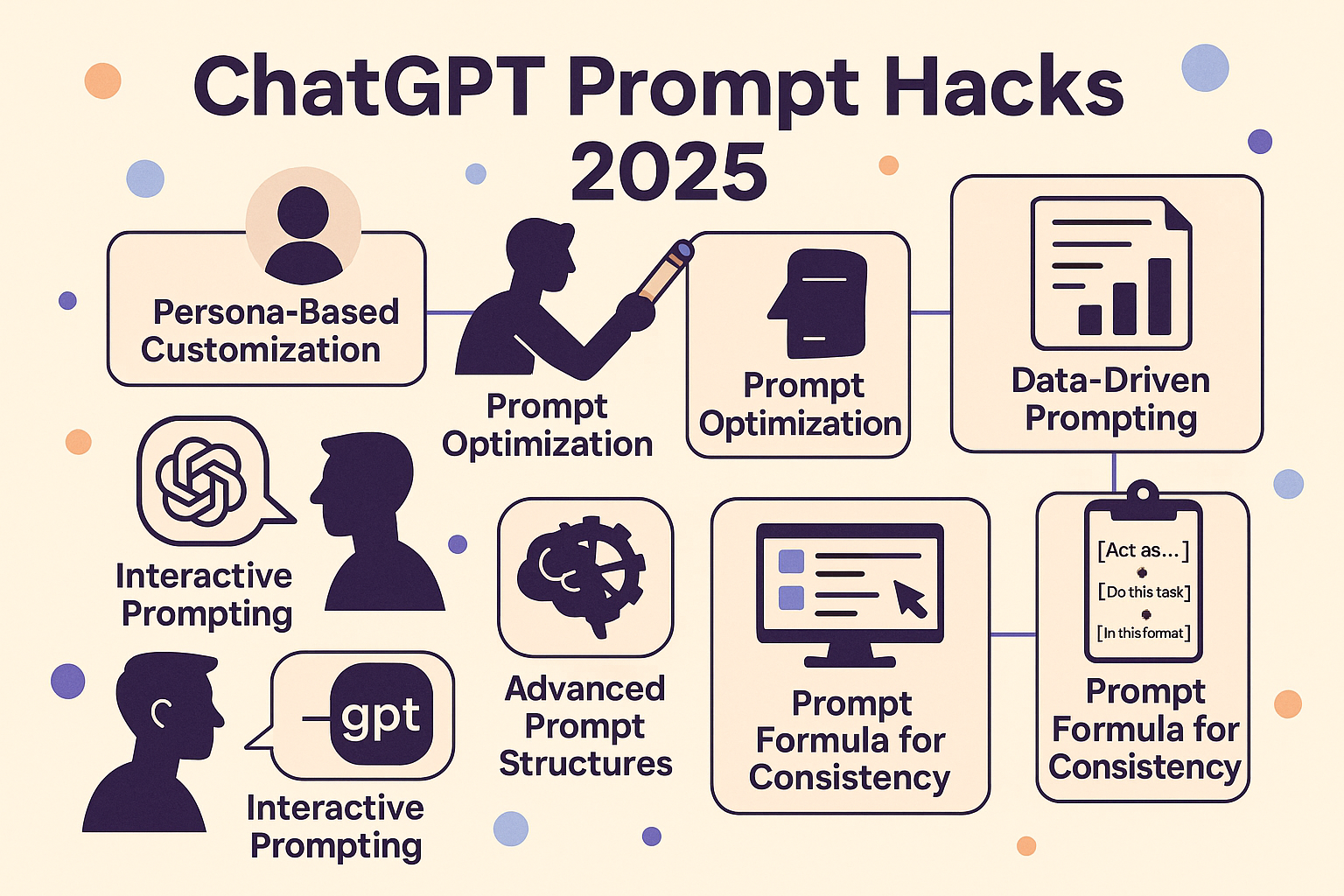Why ChatGPT Isn't a Substitute for Thinking (And How to Get Smarter Answers)
ChatGPT provides fast answers, but critical thinking is still essential. Learn how to prompt AI for higher-quality, more reliable responses — with ready-to-use examples.
AI accelerates, but thinking still steers the direction
Artificial intelligence tools like ChatGPT can deliver information at unprecedented speed.
However, receiving an answer quickly is not the same as receiving a reliable or well-verified answer.
Without critical prompting, AI systems can base their responses on incomplete, outdated, or even speculative sources.
This underlines an important reality:
AI can generate information — but only human critical thinking ensures its quality.
To fully benefit from tools like ChatGPT, it is essential to refine how prompts are structured.
Not simply asking for more data, but asking better, sharper questions.
How better prompting enhances AI reliability
Effective prompting guides AI toward providing answers that are not just fast, but also verifiable and trustworthy.
To achieve this, prompts should focus on:
- Requiring peer-reviewed or officially validated sources.
- Requesting a clear distinction between facts, uncertainties, and speculative elements.
- Encouraging self-reflection within the AI’s response.
- Demanding source transparency for key claims.
Well-constructed prompts not only improve the quality of answers but also help users stay sharp, questioning, and engaged — essential skills in the age of AI.
Example prompts for critical AI interaction
Below are practical example prompts designed to enhance the trustworthiness and depth of ChatGPT’s answers:
Example 1: Focus on source quality
Prompt:
"Provide an answer based only on peer-reviewed scientific studies, official institutional reports, or well-established reference works. Clearly cite your sources for each key point."
🔍 Purpose: Ensures that the AI prioritizes information from authoritative, verifiable sources.
Example 2: Distinguish facts from assumptions
Prompt:
"Divide your response into three parts: (1) Established facts, (2) Plausible but uncertain elements, (3) Speculative ideas. Label each section clearly."
🔍 Purpose: Makes it easy to separate hard knowledge from areas that require critical caution.
Example 3: Encourage critical reflection
Prompt:
"Before providing an answer, summarize the current level of scientific consensus on this topic. Mention any major debates or knowledge gaps."
🔍 Purpose: Highlights that even in AI-generated outputs, uncertainty and complexity often exist.
Example 4: Promote critical follow-up thinking
Prompt:
"After answering, suggest three critical follow-up questions that would help deepen or validate the understanding of the topic."
🔍 Purpose: Keeps the user in an active, critical mindset, not passively accepting information.
Why critical thinking matters more than ever
The rapid availability of AI-generated information may create the illusion that deeper reasoning is no longer necessary.
However, the opposite is true:
The faster information becomes accessible, the greater the need for thoughtful questioning, validation, and discernment.
Especially for younger generations growing up with AI at their fingertips, fostering critical thinking is essential.
Learning how to evaluate information, recognize uncertainty, and construct sound arguments remains a foundational skill — one that no AI can replace.
By refining prompts and maintaining an active, questioning approach, users can leverage AI effectively without surrendering their own intellectual rigor.



